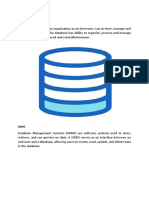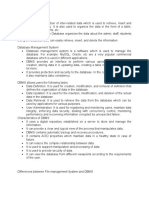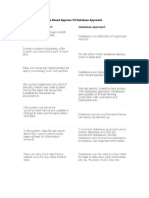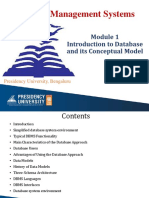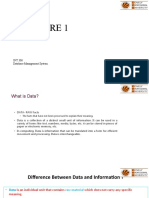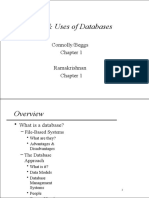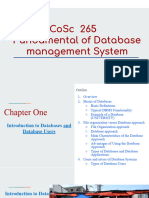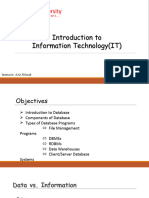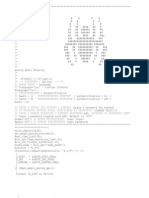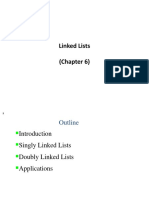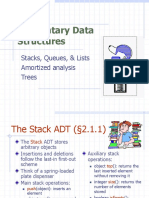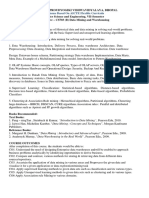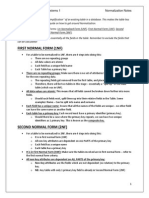0% found this document useful (0 votes)
12 views4 pagesDBMS Course Topics Part2
The document outlines key topics in a Database Management System (DBMS) course, including the differences between file-based systems and DBMS, roles in a database environment, and the architecture of information systems. It highlights the advantages of DBMS such as reduced redundancy and improved data integrity, while also addressing the limitations and risks associated with its implementation. Additionally, it describes the three-level architecture of DBMS and the responsibilities of various roles within the database environment.
Uploaded by
noormajeed359Copyright
© © All Rights Reserved
We take content rights seriously. If you suspect this is your content, claim it here.
Available Formats
Download as DOCX, PDF, TXT or read online on Scribd
0% found this document useful (0 votes)
12 views4 pagesDBMS Course Topics Part2
The document outlines key topics in a Database Management System (DBMS) course, including the differences between file-based systems and DBMS, roles in a database environment, and the architecture of information systems. It highlights the advantages of DBMS such as reduced redundancy and improved data integrity, while also addressing the limitations and risks associated with its implementation. Additionally, it describes the three-level architecture of DBMS and the responsibilities of various roles within the database environment.
Uploaded by
noormajeed359Copyright
© © All Rights Reserved
We take content rights seriously. If you suspect this is your content, claim it here.
Available Formats
Download as DOCX, PDF, TXT or read online on Scribd
/ 4








